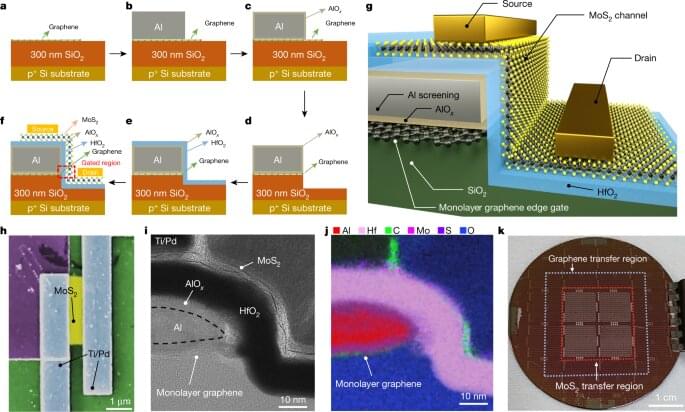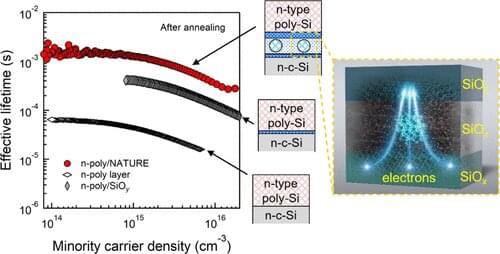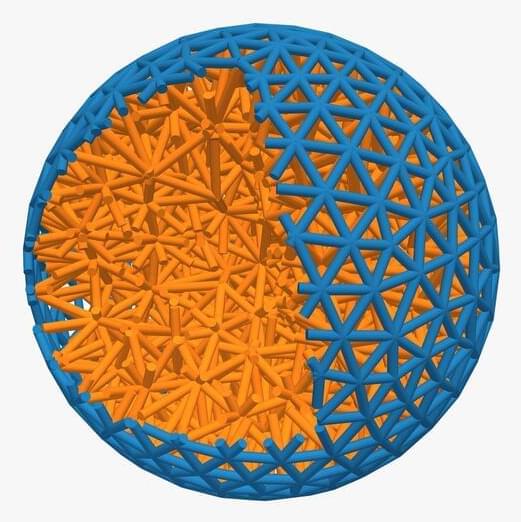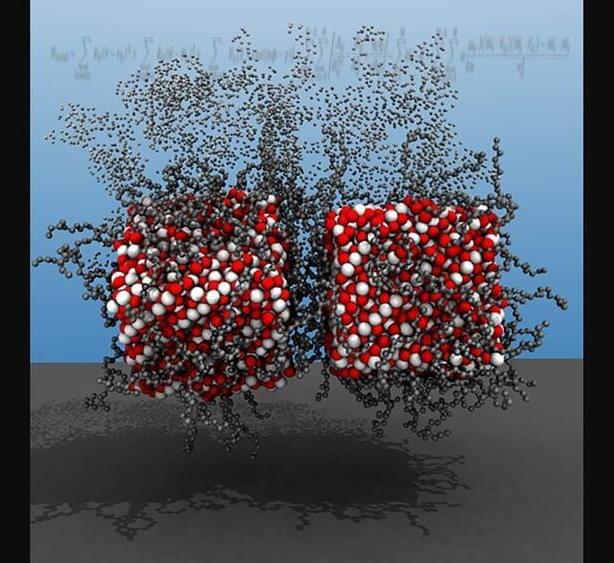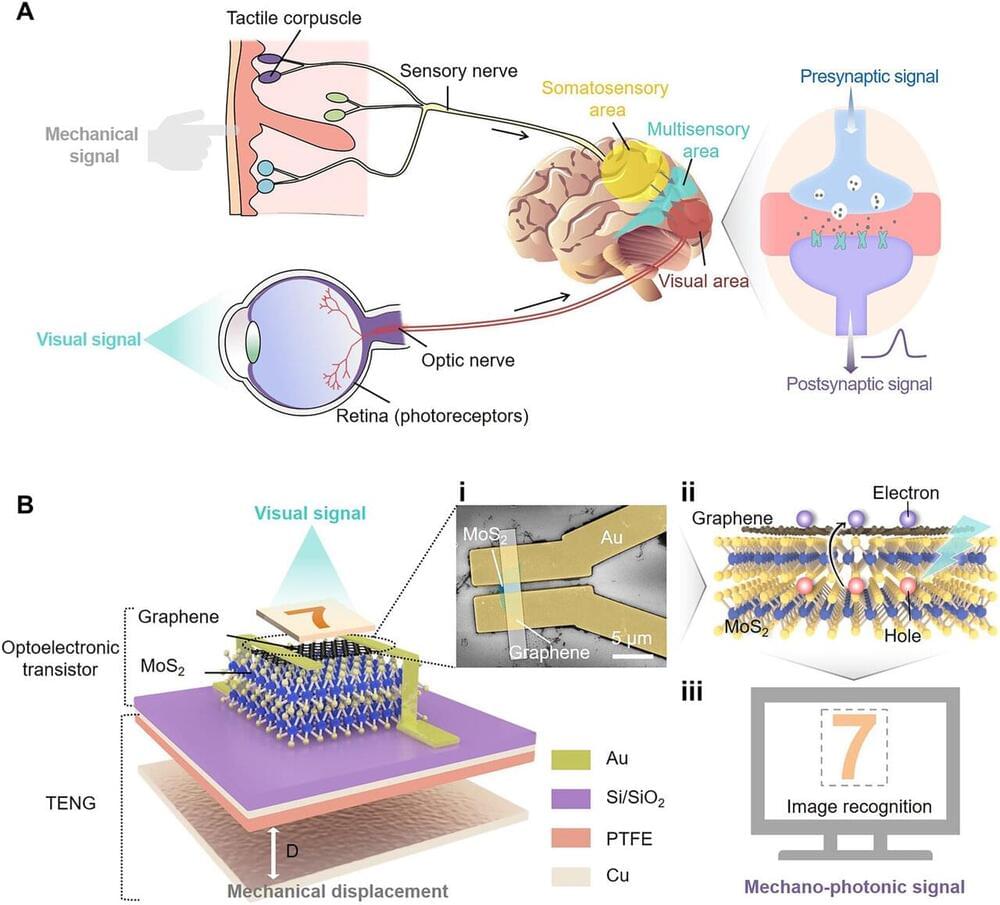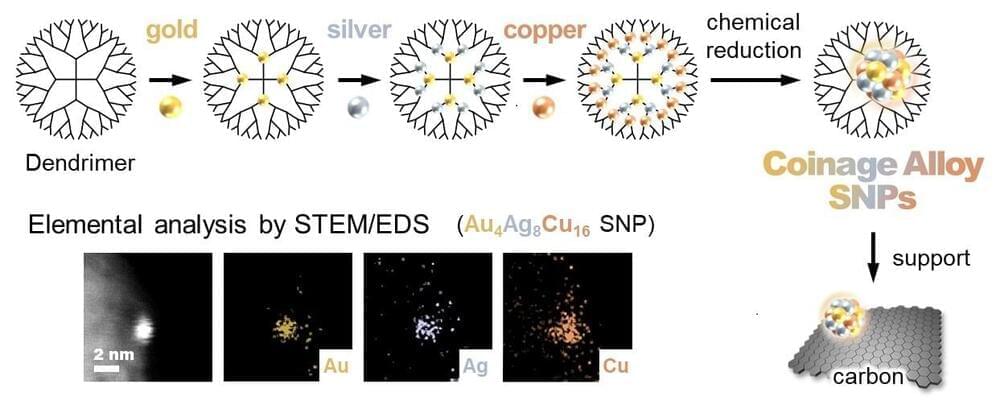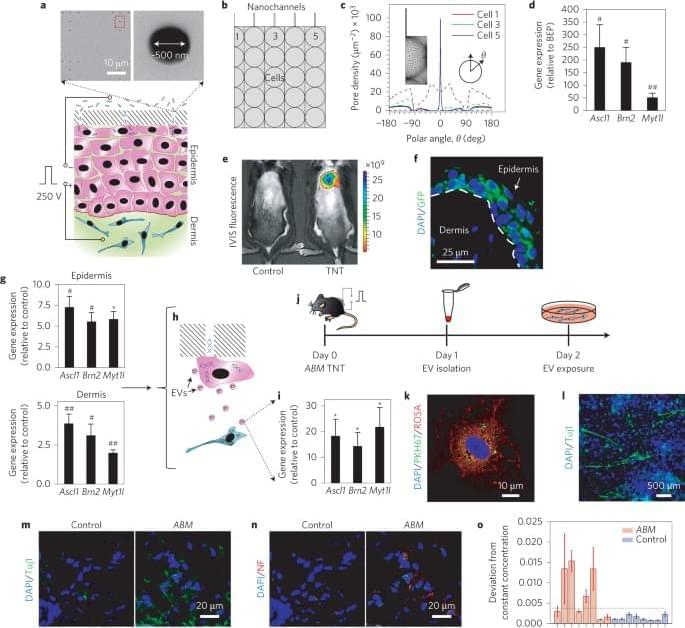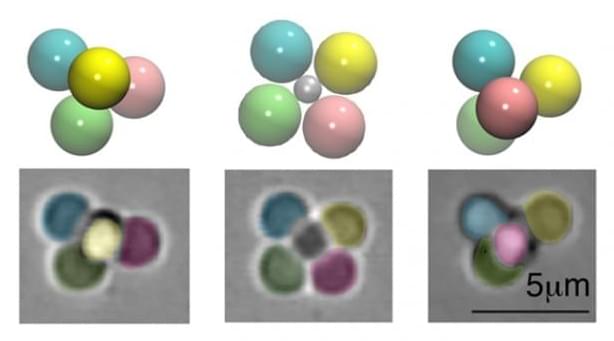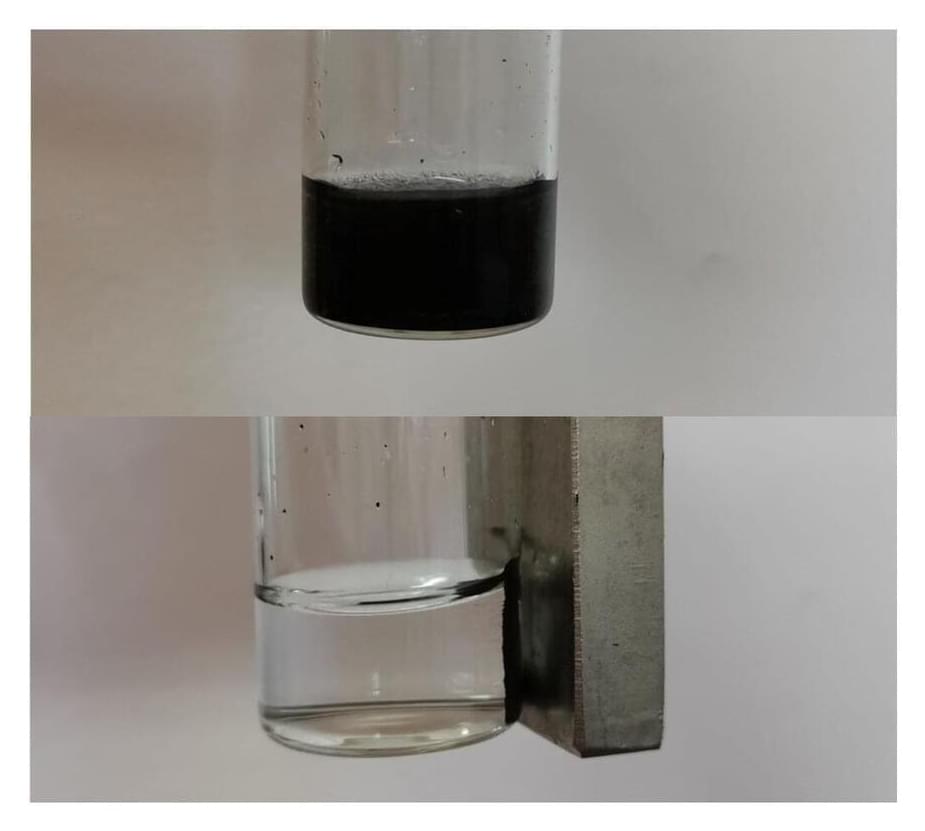Mar 14, 2022
Creating sub-1-nm gate lengths for MoS2 transistors
Posted by Chima Wisdom in categories: computing, nanotechnology, particle physics
A team of researchers working at Tsinghua University in China has created a sub-1-nm gate in a MoS2 transistor. In their paper published in the journal Nature, the group outlines how they created the super tiny gate and explains why they believe it will be difficult for anyone to beat their record.
For most of the history of microcomputing, Moore’s Law has held up—researchers and engineers have managed to double the speed and capability of computers regularly by reducing the size of their components. But more recently, it has grown increasingly difficult to make components smaller as scientists now run into physical limitations. In this new effort, the researchers believe they may have bumped up against the ultimate limit—they have built a gate that is just one atom in length.
At their most basic, transistors are a source and a drain, with a gate controlling the flow of electricity between them. It switches on and off depending on how much electricity is applied. The push to reduce the size of the components has led to the testing of materials such as carbon nanotubes, which are approximately 1nm, for use as gates. In this new effort, the researchers have unrolled the carbon nanotube and used its graphene edge as the gate—reducing its length to just 0.34 nm.
